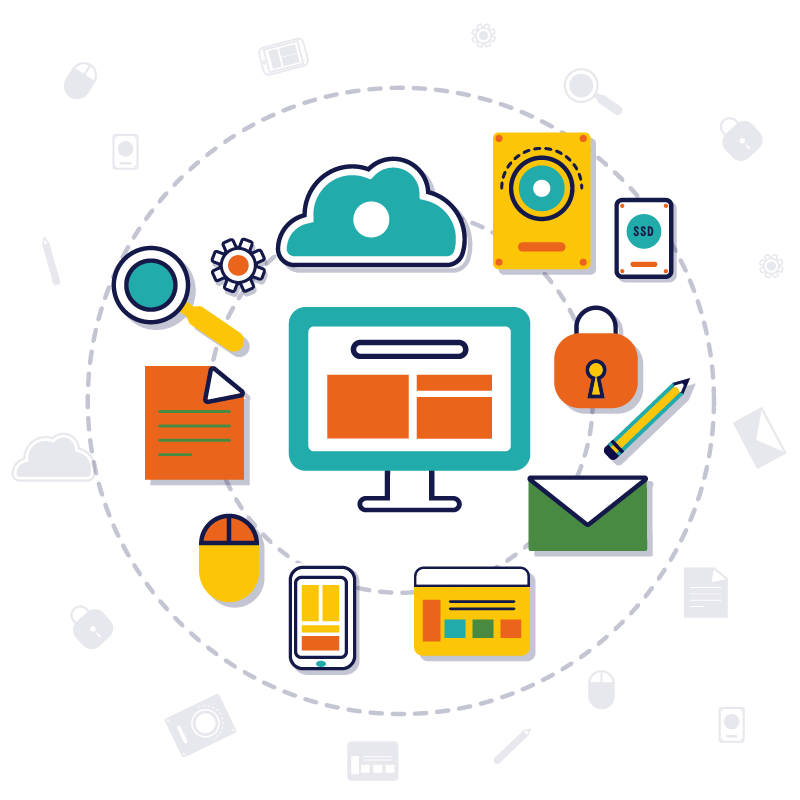Today, technology has penetrated every segment of our lives. From home to cities to the supermarket. We are driven by the omnipresence usage of the Internet. The rapid growth of technology combined with the emergence of tech-savvy devices including drones, artificial intelligence, smart cities, machine learning has made 2017 one of the most future-forward times of our generation yet. With newer possibilities taking over even simple human tasks, technological innovations have evolved to make the Internet of Things (IoT) a reality. However, one of the most traditional industries in the world is yet to crawl its way completely out of the non-tech space it has been a part of, such as the retail industry. Easily, the biggest industry The retail industry is one of the biggest industries in the world with a net worth close to USD 95 billion by 2025, almost 60% of the players do not adhere to benefits of IoT for their business. The technology adoption rate for this industry is prolonged due to some factors including the lack of awareness about the actual term and the benefits of going digital. Nonetheless, Amazon, a retail giant has grown, thanks to the digital world exponentially. Their ability to push boundaries with newer offers and incorporation of feasible benefits has allowed them to reach newer heights. The reason why Amazon performed and sustained as leaders of the eCommerce world is their thorough understanding of how retail IoT works.  Despite having set an unparalleled example and showcasing skyrocketing success, other retailers have not followed this retail giant’s footsteps. Although some brick-and-mortar retailers have adopted a certain aspect of IoT to their stores including Radio-frequency identification(RFID) tags and sensors, smart shelves, virtual closets, self-checkout counters, etc.; the complete utilization of technology is still on the down-low. Some of the prominent reasons for the disparity include:
Despite having set an unparalleled example and showcasing skyrocketing success, other retailers have not followed this retail giant’s footsteps. Although some brick-and-mortar retailers have adopted a certain aspect of IoT to their stores including Radio-frequency identification(RFID) tags and sensors, smart shelves, virtual closets, self-checkout counters, etc.; the complete utilization of technology is still on the down-low. Some of the prominent reasons for the disparity include:
Lack of ability to connect online with offline
The rise of mobile usage has hijacked desktop consumption, thus indicating an apparent change in consumer habits. Given the circumstances, it seems only possible for retailers to survive the market only by introducing aspects of IoT into their customer service model. Easy tracking, faster delivery, flexible returns are some of the aspects that could be offered with IoT to offline customers.
Security and privacy concerns
Security breaches are one of the common reasons for the retailer to avoid the world of digital transactions. Risk of technology devices connected across multiple levels poses a cause for the safety of customer information. Since offline customer information is protected due to lack of interconnected devices; retailers prefer the traditional method for transactions.
Incapacity to create a roadmap for IoT
IoT is a vast term that requires knowledge, perseverance, and patience. For retailers, IoT is a mythical term that could not be connected to the stores. However, the lack of understanding of the concept and the absence of a clear roadmap is the reason behind retailers to stop from pursuing a technology-driven model of business. The pain-point for retailers looking to go digital includes data analysis and acquiring the appropriate technology for investment.
Lack of awareness
Retailers continue to consider IoT to be relative futuristic term simply due to lack of awareness. Foster innovations and improving customer services are the two pillars that support IoT in the retail industry. As the competition is high in the digital world, retailers should cater to the needs of the digitally enabled consumer and vary their offerings based on competition, customer service, and price point.
You can do a big analysis from IoT’s using Bizstats cloud by asking your questions. If you are not tried Bizstats yet, you can try our demo now!



